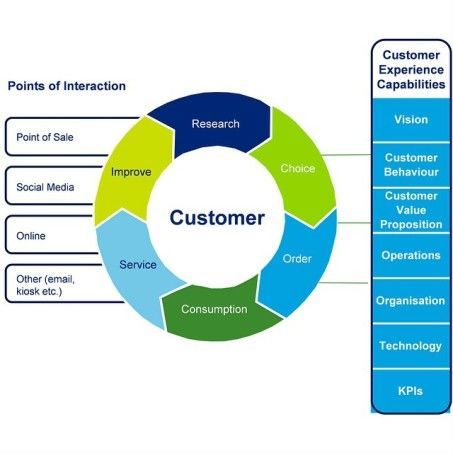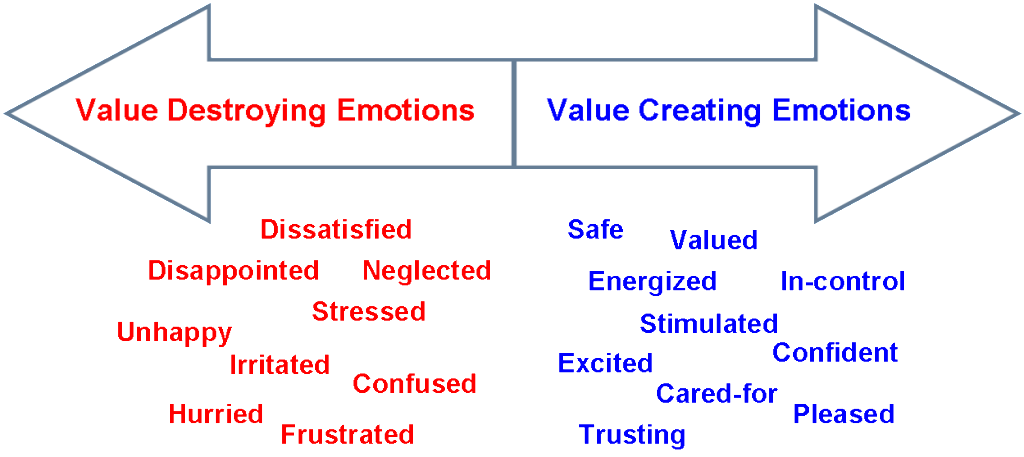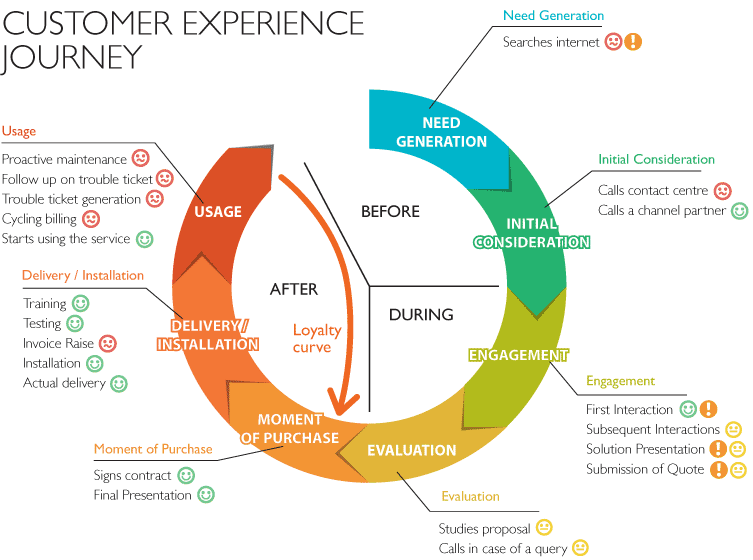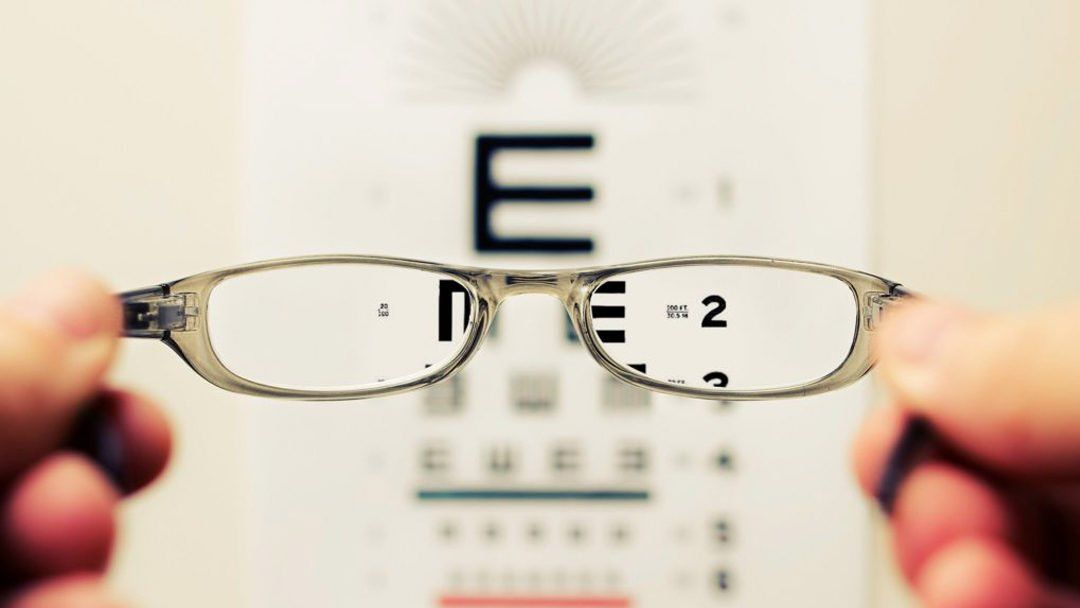Customer Journey Maps Turn Data into Stories
What is a customer journey map?
A customer journey map is a story-telling technique that presents the story of a customer's journey from their initial point of contact through the conclusion of a transaction. A customer journey map is a visual presentation of the entry and exit points along the customer's journey, including pain points and other barriers to good user experience (UX).
A customer journey map can take many forms, but it’s likely to be an infographic that plots a particular customer’s journey along a timeline to show how the customer progresses from a desire for a solution to a problem to decision-making about which direction to take to solve the problem, and to feelings about the decision after it’s made.
Once created, the customer journey map tells the story of the opportunities and pitfalls a customer faces in taking the journey to a decision. In studying a customer journey map, an organization can clearly see the customer’s journey, which provides insights into what works well and what needs to be done better.
These insights drive design decisions to improve the customer's journey.
How do you get data for a customer journey map?
An effective, persuasive customer journey map must be based on real data about real users. How do you access this data?
Begin with data you may already have. What do you already know about your customers? There are many potential sources that you can tap into, such as:
- Analytics—what do you see about user behaviors on your website?
- Customer service—what issues are they reporting, what problems are they attempting to solve, what frustrations do they experience because they cannot solve problems for customers?
- Sales and marketing—what does the sales/marketing staff say is their biggest challenge? Most frequent request? Reason for lost sales?
- Social media chatter—what are your customers sharing with others about their experiences with your company?

What other types of data gathering do you need to add to what you already have? Some options include:
- Surveys of existing customers to gather responses to specific questions about their experience.
- Interviews of existing and/or prospective customers to understand their process of making a decision about your product or service. These could be your current customers, prospective customers, or customers of competitor services.
- Usability studies of the inquiry-to-buying journey to discover what is important to them in making a buying decision.
- Ethnography in the form of site visits to learn the environment in which users are making the inquiry-to-buying process.
- Focus groups to learn what prospective or current customers consider most important in their decision-making process and the results of their decision in terms of their satisfaction level.
How many journey maps do you need?
Just as you don’t have a monolithic customer, you won’t want to create a single, monolithic customer journey map. You will most likely need to create several journey maps, based on personas of your core customers. A working number to get you started is three customer groups.
If you don’t have personas for your core customers, you can and should use the data you’ve collected to
create personas for your journey map. It’s possible to have more than one customer journey on a map so long as the display doesn’t get too complicated to follow. If you have several customer personas, you will probably want to create separate journey maps for each one.
At this point in the process of mapping the customer experience and grouping the elements, it’s an excellent time to assign emotions to the findings. Are customers happy at some points, frustrated at others? Does their anticipation turn to disappointment somewhere along the path? If so, be sure to capture these emotional changes by adding sticky notes for these critical points. A subset of the journey map can be an empathy map, in which you capture the emotional changes a customer experiences on the journey.

Using your research findings to mine for great, representative customer quotes, add these at specific junctures along the journey to bring the customer’s story to life.
Be sure to identify gaps, pain points, and barriers, as these shortfalls will be important for the team to address with the goal of improving the customer’s journey.

What does a customer journey map look like?
A customer journey map can be nothing more than the physical representation of the findings, such as a whiteboard full of sticky notes that the team uses to discuss problems, map the journey, and propose solutions.
Or you can use a simple flow diagram to show the customer’s story along the path of the journey.
If you have visual or graphic design skills within your team, you can create a colorful infographic that can be published as a poster to be displayed in a prominent place for the team to review regularly.

There are many ways to present the information graphically. A quick Google search of customer journey mapping infographics will produce lots of hits.
The common theme among so much variation is that an effective journey map shows and tells the customer’s experience in a way that brings it to life. And, as an added bonus, the effort of creating the journey map brings your collaborative, cross-functional team together to learn what it’s like for a customer to go from desire to outcome.
Seeing the results of data collection about the customer’s journey typically produces strong buy-in to fix whatever may be broken.
How often should you update your journey maps?
As with any living document, your journey maps will need new life breathed into them to keep them not only alive but kicking. The timetable to update your personas and journey maps will depend largely on your plan for implementing changes based on what you have identified needs to improve.
Once solutions are in place—even the first few—gather more data and update the journey map to indicate improvements in customer experience, while still identifying gaps and opportunities.
A good customer journey map is only as good as the data that was used to produce it. It can’t convincingly tell the customer’s story if the data isn’t there to support it.
So, you have to start with the data or you cannot build a credible story. But data must be continually gathered to feed the evolving customer’s story of the journey.
How can UX researchers support customer journey mapping?
As a UX research agency, we are in a great position to make important contributions to the evolving story of the customer’s journey. We do that by providing findings from user experience research and helping the team understand and work with these findings to create and update the map.
We can use findings from prior studies to support current customer issues. Then, we can test proposed solutions resulting from the customer journey map to confirm that the solutions make the customer experience better.
Image credits: Featured image dnadigest.org/category/workshop; emotions image Richard Tait, Winning Customer Experiences http://bit.ly/1QAFrRs
Image credits: featured image–KerriBodine.com-Intuit customer journey map; 2nd image Walter Lim, FlickrImage credits:
Featured image Customer journey experience Pinterest.com; Rheumatoid arthritis journey map visual.ly/rheumatoid-arthritis-patient-journey-map designed by HealthEd
Want more practical insights? Check out these blogs.

Carol Barnum
Carol brings her academic background and years of teaching and research to her work with clients to deliver the best research approaches that have proven to produce practical solutions. Carol’s many publications (6 books and more than 50 articles) have made a substantial contribution to the body of knowledge in the UX field. The 2nd edition of her award-winning handbook Usability Testing Essentials is now available.
Size Matters.
We are a small, boutique UX consultancy.
That means you work directly with the top UX experts.
We are with you every step of the way.




